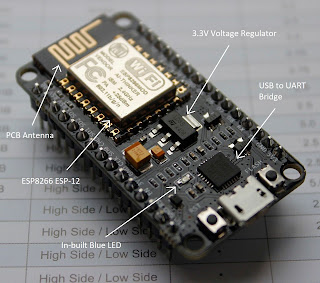Tech Talk 2 : The Internet

We have been talking about various things on this blog for a while now, but do you know what makes this information reach out to you ? Do you really know what Internet is ? Internet is global network of interconnected computers that use Internet suite protocol TCP/IP to link devices world wide. It uses telephone lines, cables, satellites and wireless connections to connect computers to World Wide Web. Data Transmission Internet is a lot like the postal service. Instead of posts, information is transmitted. This information is in form of bits. Bits signifies a pair of opposites. Like on or off, high or low, 1 or 0. We add a clock to it to keep a track of these bits. There are three ways to communicate this data. The first being Electricity. Imagine the on and off of a light bulb. Lets say we transmit 1 bit per second. If the light bulb is on for 2 seconds and then gets turned off for 1 second, we say the data is 110. An example of this type of transmission is the Ethernet cable w...


